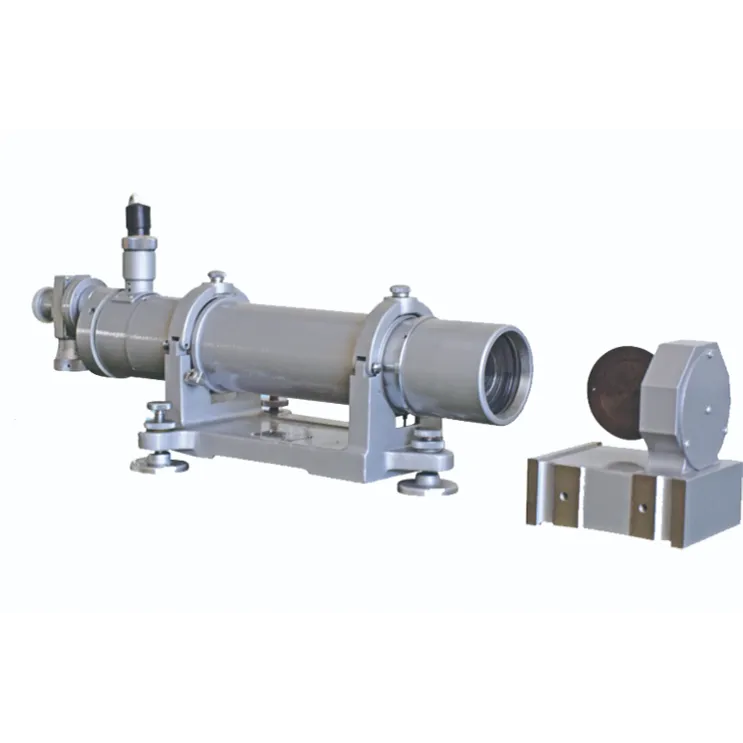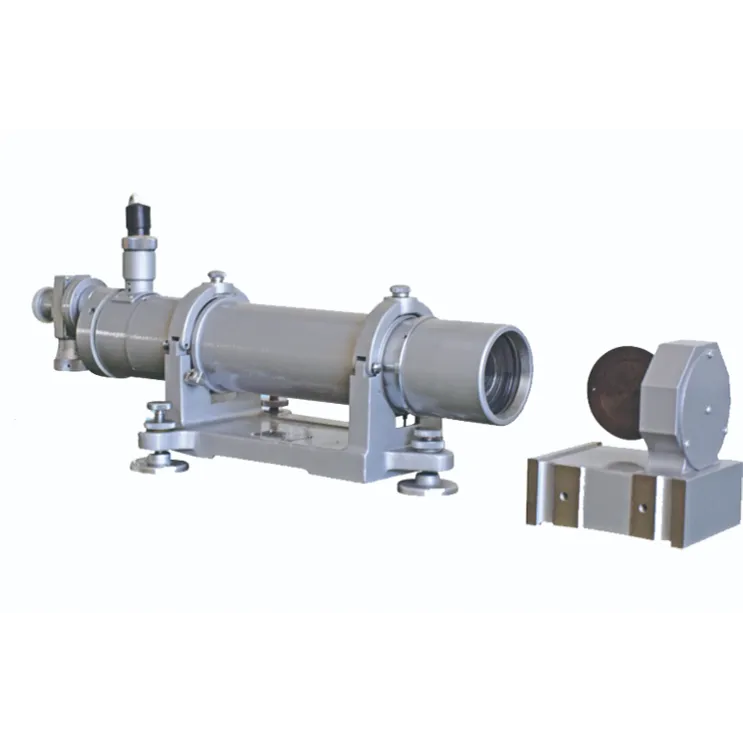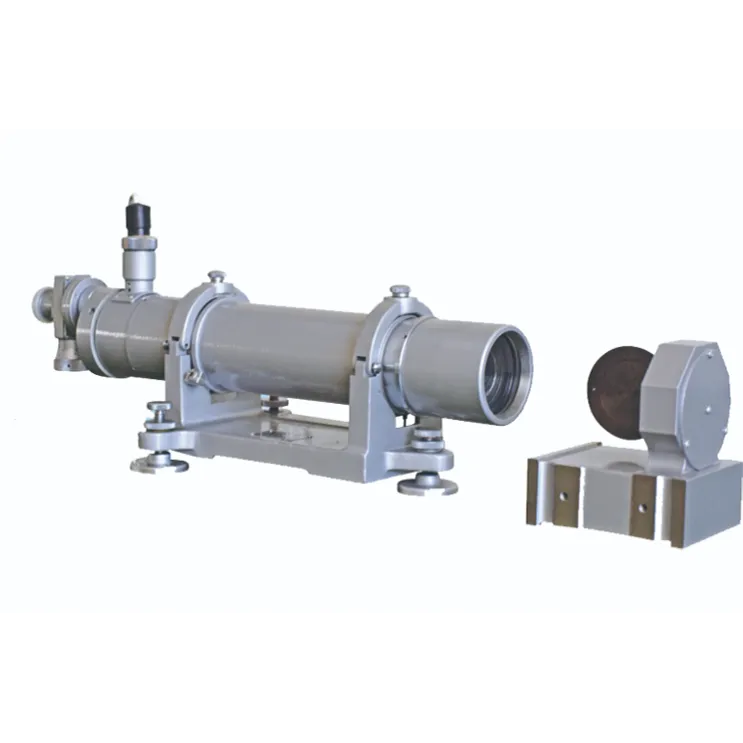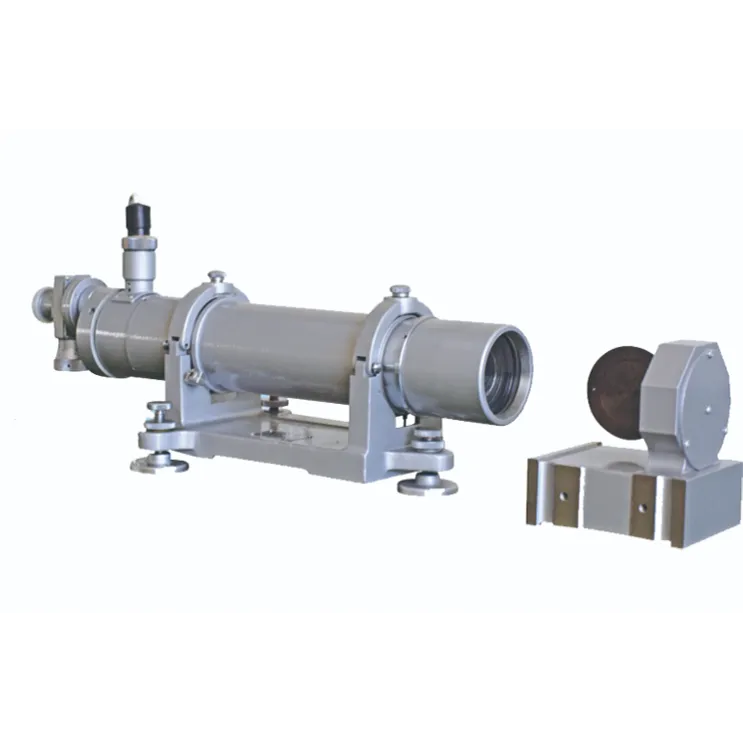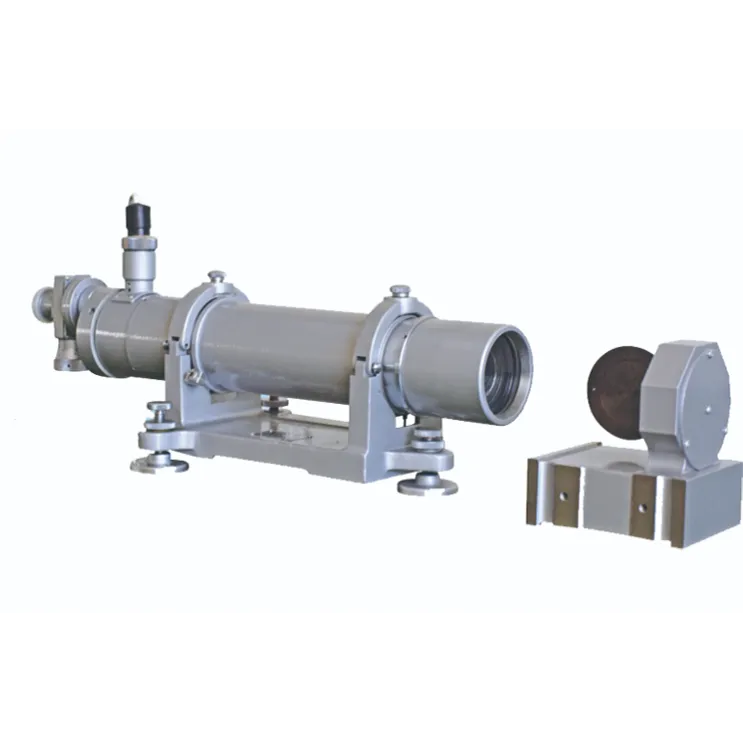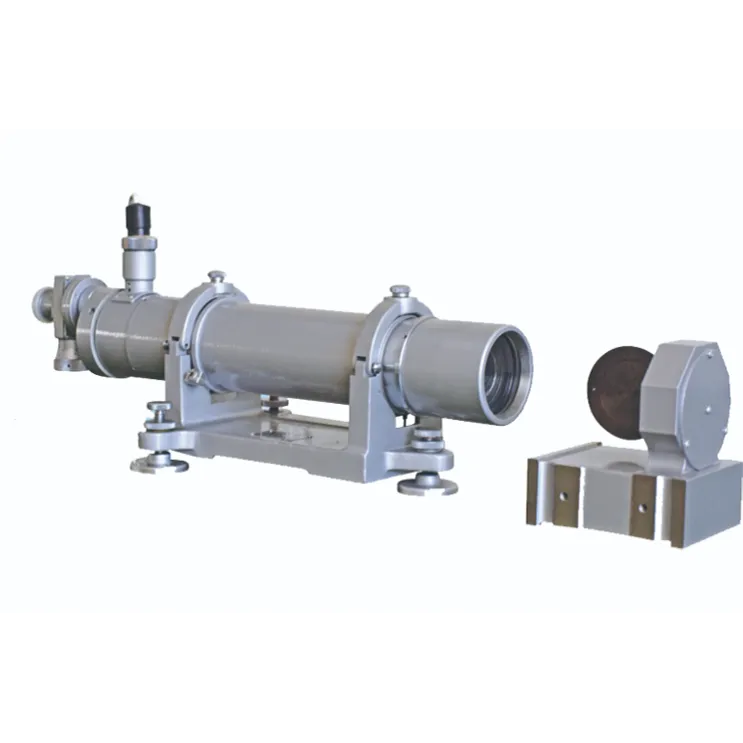
- African
- ChiAlbanian
- ChiAmharic
- ChiArabic
- ChiArmenian
- Azerbaijani
- ChiBasque
- Chiberaruzi
- ChiBengali
- ChiBosnian
- ChiBulgarian
- Katarani
- Cebuano
- China
- Kosikeni
- ChiCroatian
- ChiCzech
- ChiDanish
- ChiDutch
- Chirungu
- Esiperando
- ChiEstonian
- ChiFinish
- ChiFrench
- Frisian
- ChiGalician
- ChiGeorgian
- ChiJerimani
- ChiGiriki
- ChiGujarati
- Kiriyoro yeHaiti
- ChiHausa
- Chihawayi
- ChiHebhuru
- Aihwa
- Miao
- ChiHungarian
- ChiIcelandic
- igbo
- ChiIndonesian
- ChiIrish
- ChiItalian
- ChiJapanese
- ChiJavanese
- ChiKannada
- Kazaki
- Khmer
- Rwandan
- ChiKorean
- ChiKedhi
- Kiyagizi
- Basa
- Ratini
- ChiLatvian
- Ritunia
- Rukusembogi
- ChiMacedonian
- Malagasy
- ChiMalay
- ChiMalayalam
- ChiMaltese
- Maori
- ChiMarati
- ChiMongoria
- Mayanima
- ChiNepali
- ChiNorwegian
- ChiNorwegian
- Occitan
- Pashito
- ChiPersian
- ChiPolish
- ChiPutukezi
- Punjabi
- ChiRomanian
- ChiRussian
- Samoan
- ChiGaelic cheScottish
- ChiSebhiya
- Chirungu
- Shona
- ChiSindhi
- Sinhala
- ChiSlovak
- ChiSlovanian
- Somari
- ChiSpanish
- Sundanese
- ChiSwahili
- ChiSwedish
- ChiTagalog
- Tajik
- ChiTamil
- Tatar
- ChiTelugu
- ChiThai
- Turkish
- ChiTeki
- Ukrainian
- Urdu
- Uighur
- Uzbek
- Vietnamese
- Welsh
- Help
- Yiddish
- Yoruba
- Zulu
Understanding Satellite Bus Structures and Platforms in Remote Sensing Applications
In the rapidly advancing aerospace industry, the satellite platform plays a central role in mission success. Whether in Earth observation, telecommunications, or scientific research, understanding the intricacies of dhizaini yebhazi setiraiti, structure, and manufacturing is essential. As commercial and government demands increase for performance and cost-efficiency, the evolution of platform satellite technology becomes a critical point of focus.
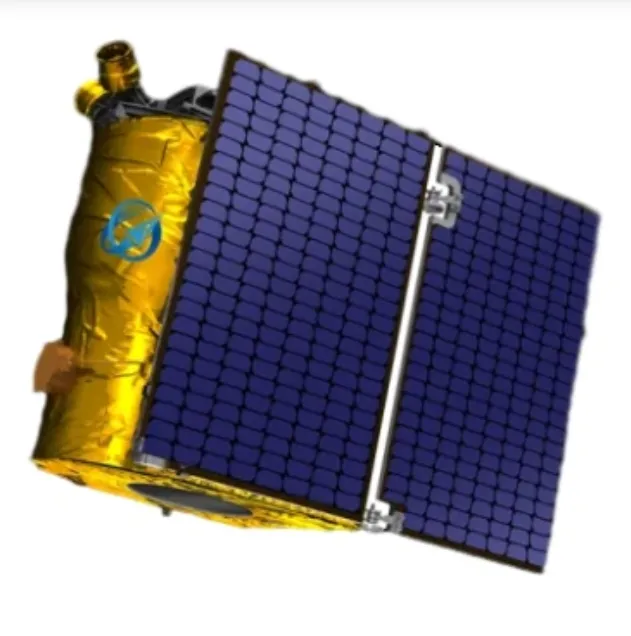
What Is a Satellite Bus and Why It Matters
The satellite bus—often referred to as the platform satellite—is the structural and functional backbone of any satellite. It includes all the support systems required for a payload to operate effectively, such as power, propulsion, thermal control, attitude control, and telemetry systems. Understanding the satellite bus structure is crucial to customizing a spacecraft for different orbital missions.
Common configurations include:
Modular satellite bus design: Allows scalable, versatile configurations for small or large missions.
Standardized platforms: Enable cost-effective manufacturing for constellations or multi-satellite deployments.
As satellite manufacturers seek efficiency, the focus is increasingly shifting toward robust, flexible platforms that accommodate a wide range of payloads and mission profiles.
Satellite Bus in Remote Sensing Missions
In remote sensing, the quality of satellite data heavily relies on the reliability and design of its satellite platform. The satellite platform in remote sensing must ensure stability, accuracy, and resilience to support sensitive imaging and measurement instruments.
There are different classes of satellite platforms in remote sensing, including:
Mini and Micro Buses: Used in CubeSat platform or CubeSat bus systems for lightweight, rapid-deploy missions.
Medium and Heavy-Class Platforms: Support larger optics and longer mission durations for detailed multispectral or hyperspectral Earth observation.
The better the bus, the longer and more accurate the satellite's life cycle—making platform choice a key investment decision.
Satellite Bus Design and Cost Considerations
Effective dhizaini yebhazi setiraiti must balance weight, power, structural integrity, and ease of integration. Key design goals include:
Mass optimization for launch cost savings
Radiation shielding for prolonged mission duration
Thermal stability for high-precision imaging payloads
Meanwhile, mutengo webhazi resatellite is determined by factors such as:
Platform size and power capacity
Level of modularity and component integration
Materials used and manufacturing origin
Innovative vagadziri vemabhazi esatellite today offer turnkey or customized solutions to accommodate specific mission needs. Lowering mutengo webhazi resatellite without compromising quality remains a central challenge for commercial providers.
What Is SATCOM and How Does It Integrate with Satellite Platforms?
What is SATCOM? It stands for satellite communications, which refers to the use of satellites to relay and amplify radio telecommunications signals via a transponder. SATCOM is often integrated into a satellite platform as part of the payload or communication subsystem.
Key applications include:
Broadband connectivity in remote locations
Maritime and airborne communications
Disaster recovery and emergency response networks
Modern platform satellites supporting SATCOM must be engineered with high-performance transponders, power-efficient systems, and precise pointing mechanisms to maintain link integrity.
The Role of Satellite Bus Manufacturers in a Competitive Market
With the growing demand for customized and rapid-deploy platforms, vagadziri vemabhazi esatellite are evolving rapidly. Leading companies now offer a wide range of products, from CubeSat platforms to high-capacity GEO buses.
Buyers today can choose from:
Off-the-shelf satellite bus platforms for fast-track missions
Fully customized designs for complex or long-duration satellite projects
Modular satellite buses with open architecture for greater mission flexibility
As the industry continues to shift toward reusable, scalable, and affordable solutions, vagadziri vemabhazi esatellite will play a critical role in shaping future space systems.
Conclusion
Whether for remote sensing, communications, or scientific exploration, the satellite platform serves as the foundation of mission success. Understanding the relationship between the satellite bus structure, design, and integration enables better decisions when selecting hardware for space-based applications.
For those entering the space industry or scaling their satellite fleet, choosing the right platform satellite with optimized cost, performance, and reliability is essential. With advancements in dhizaini yebhazi setiraiti and manufacturing, the barrier to space is lower than ever.






